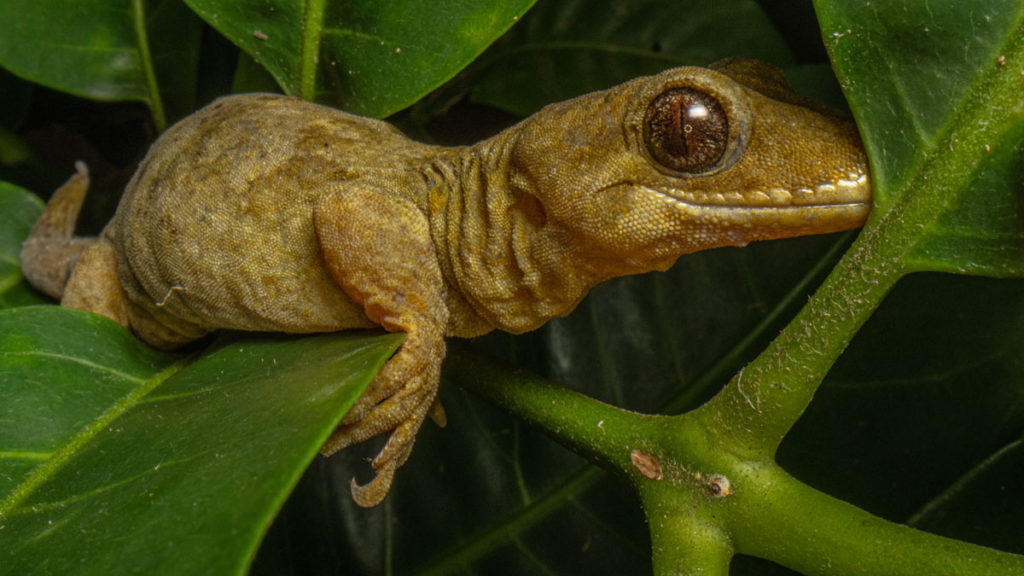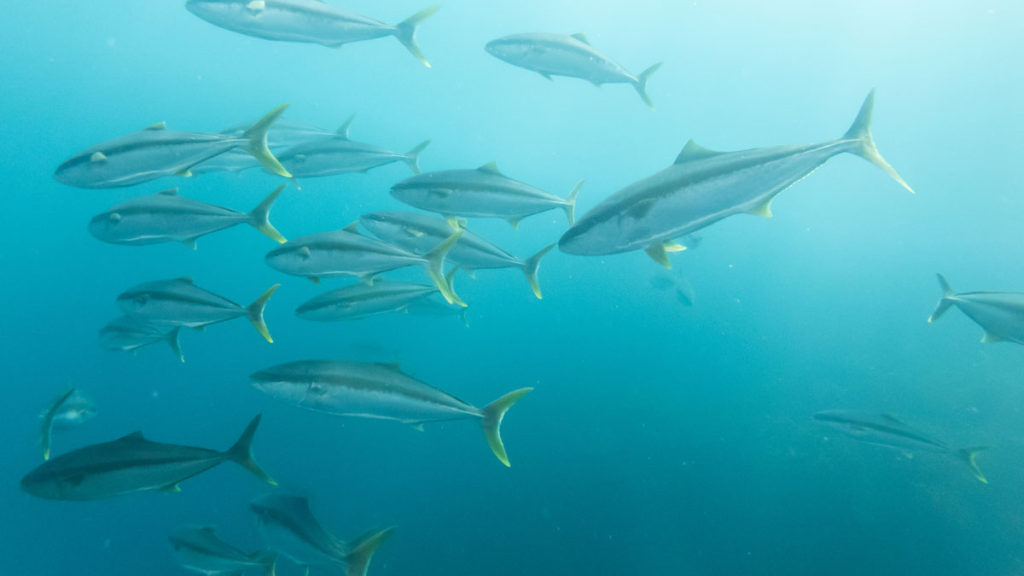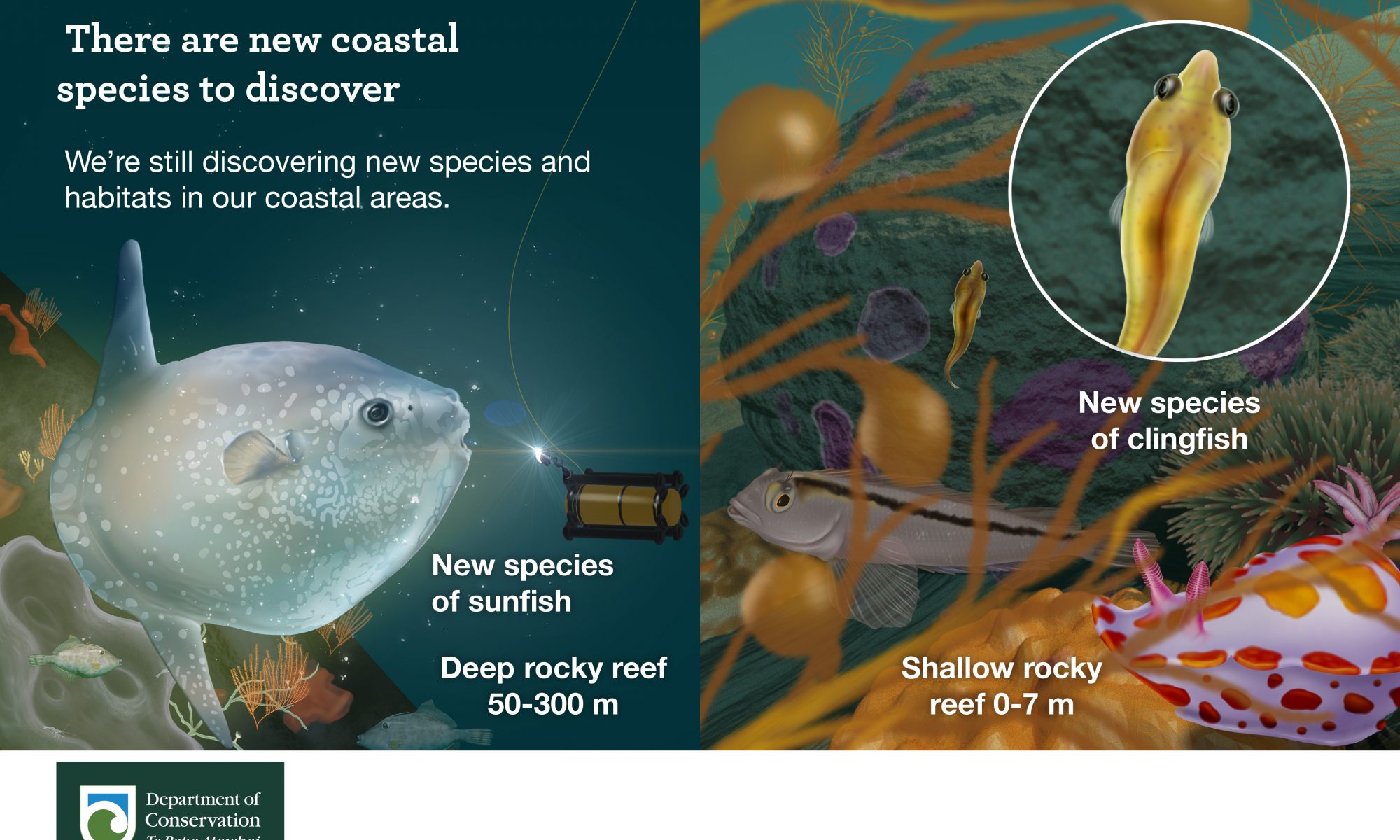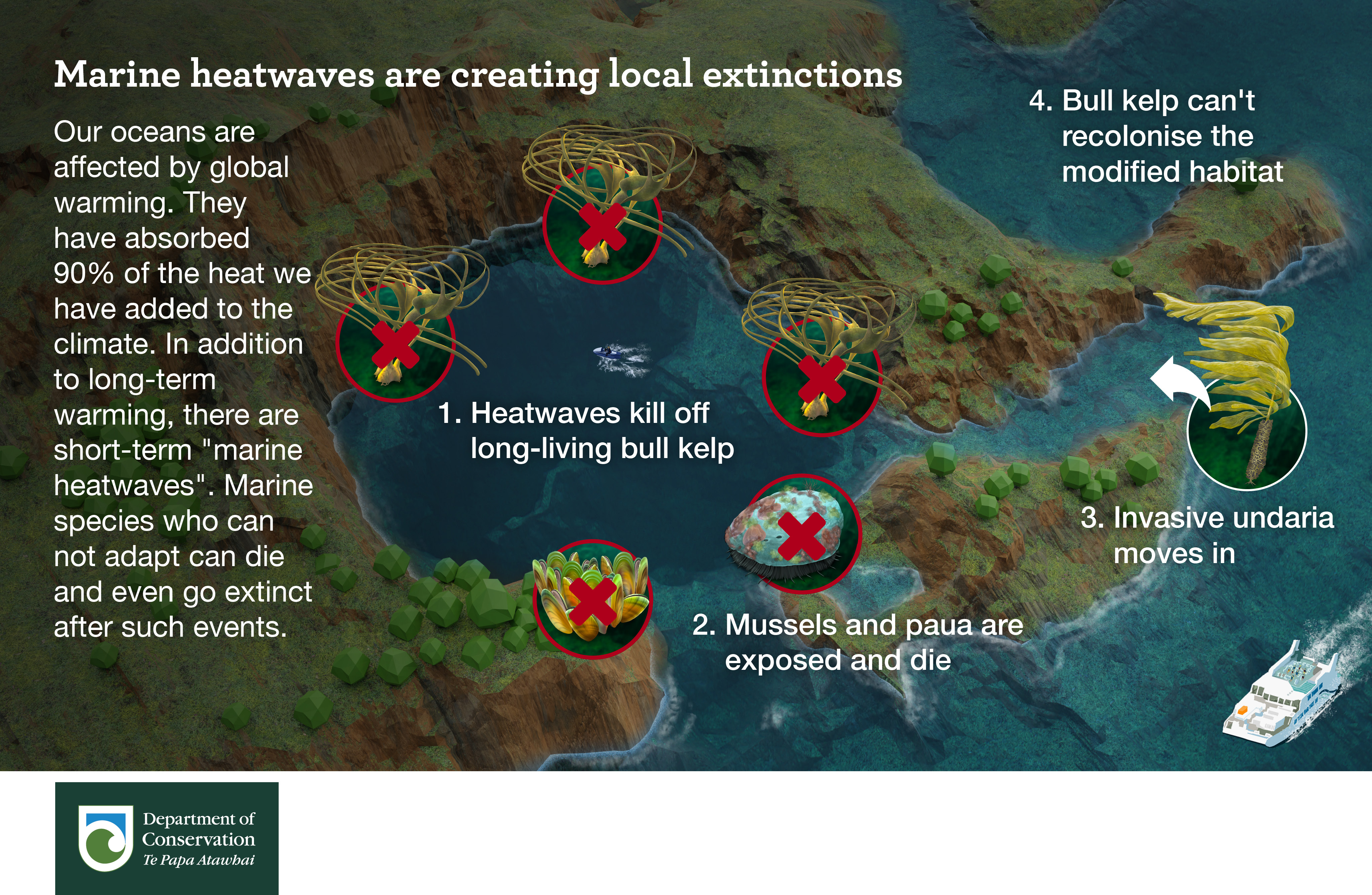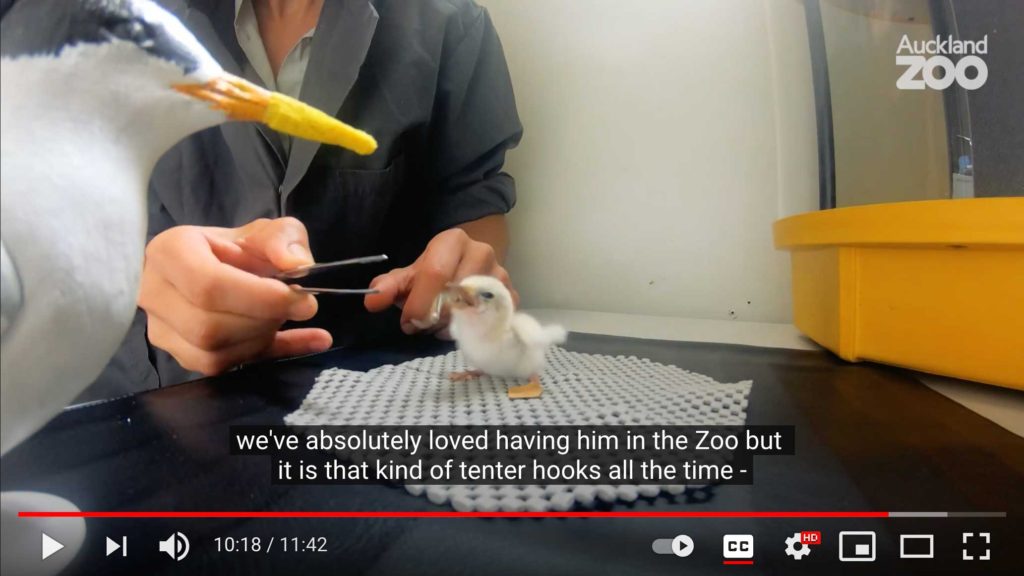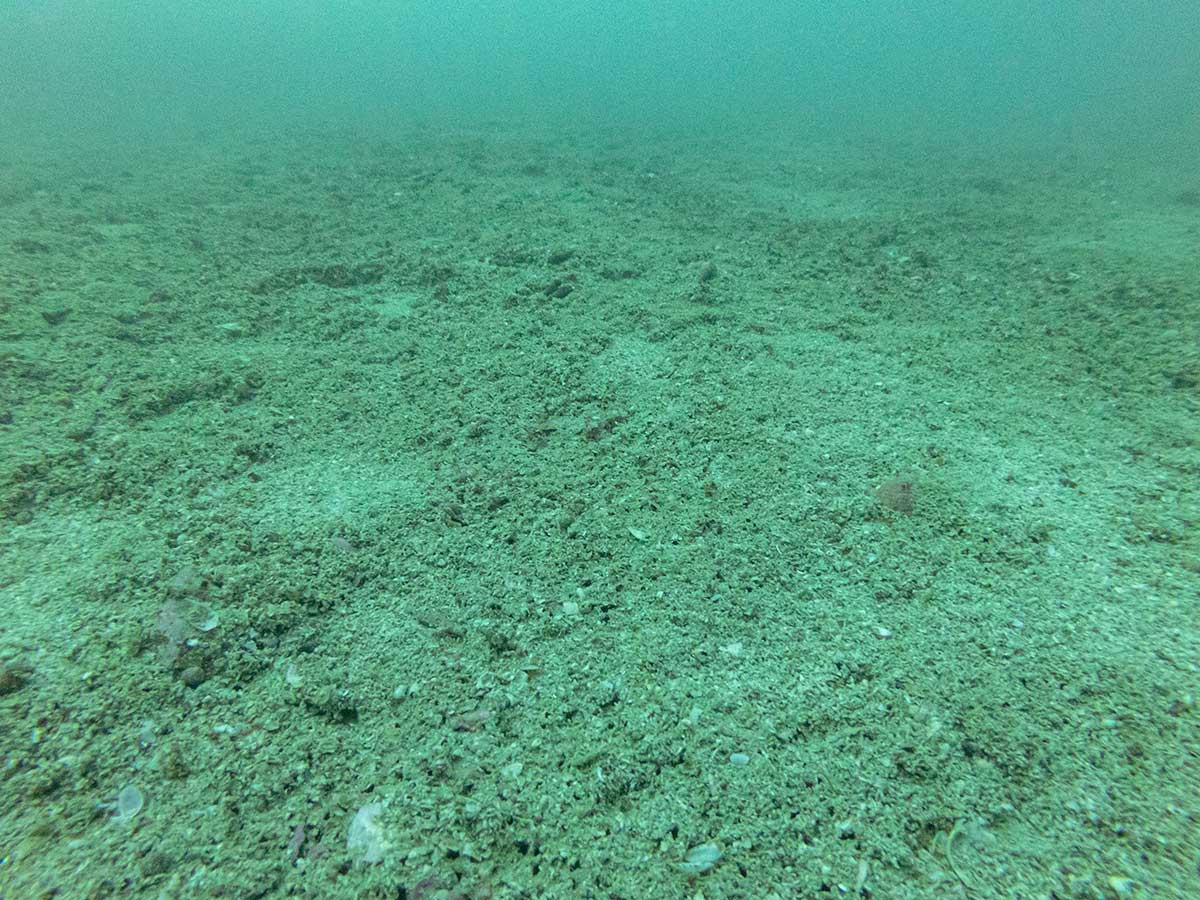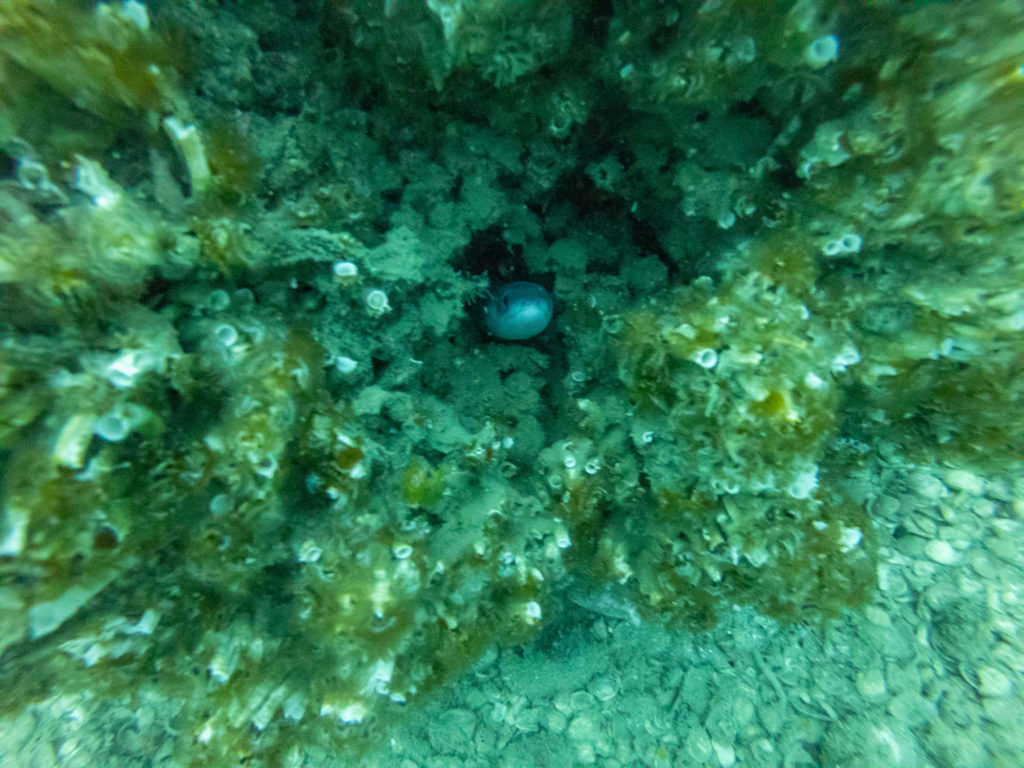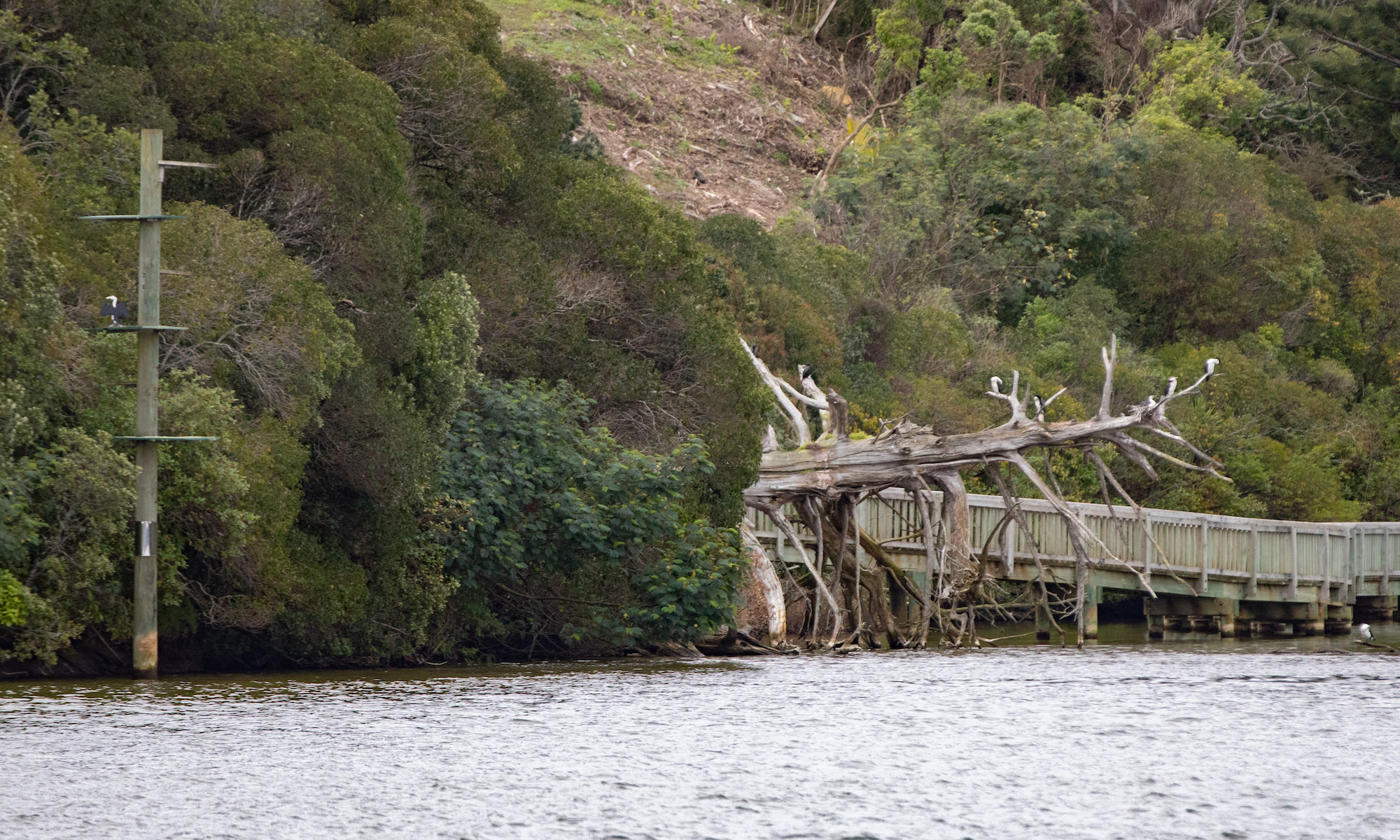While researching my latest nature report to the Tahuna Torea Residents and Rangers I found some great bird counts in the reserve made in the 1980’s that had been entered on eBird. Unfortunately an oversight in the design of the website means you need to know a statistical programming language to extract population trend data for a location (however if you are able to stumble across an old checklist you can download the data). At the meeting Chris Barfoot supplied me with a brilliant 1993 report on the reserve which had a new set of data recorded by Micheal Taylor.
This new data adds valuable insight into the decline of waders in the Tamaki Estuary which the Tamaki Estuary Environmental Forum has recently published an article on. I have compiled the data and plotted it for key species below.

UPDATE 23 JUNE 2021. Here is an interesting snippet of history complied by the Howick & Pakuranga Times “Kuaka [bar tailed godwits] and red knots gather on the Cockle Bay estuary in thousands before flying to Korea and on to Alaska to breed each March, to return in September. In February-March they swoop over Point View ridges where farmers used shotguns before the birds were protected in 1941. They were plucked and preserved in their fat in ceramic jars.” Source: https://www.birdingnz.net/forum/viewtopic.php?f=3&t=11024
UPDATE August 2021. More data found in old journals. Graphs updated and presented to the Ōrākei Local Board.




